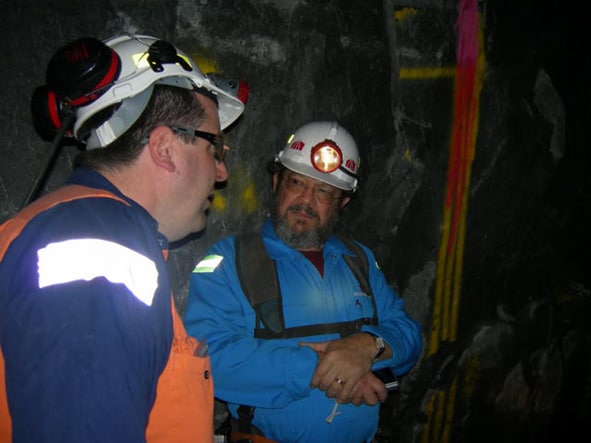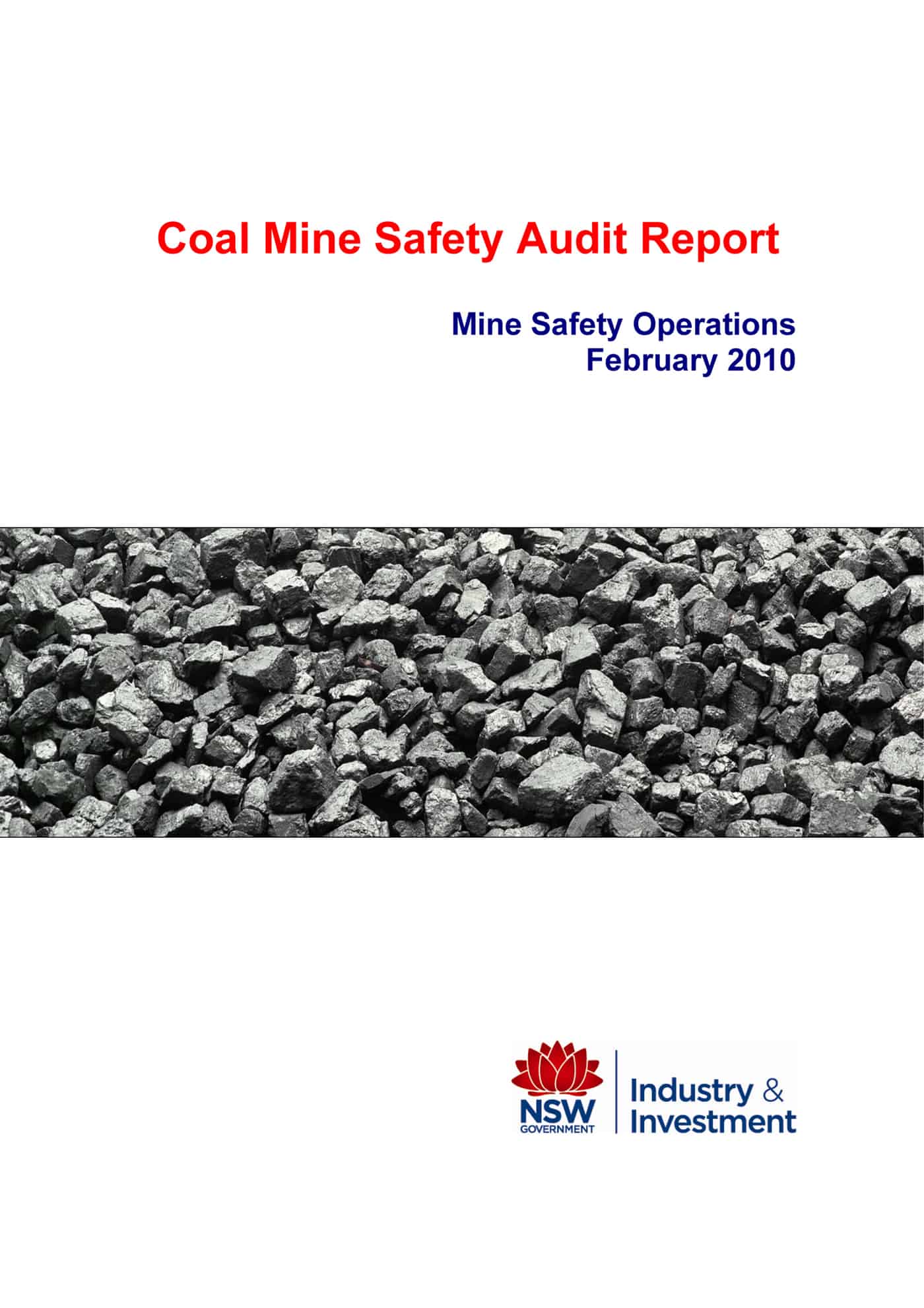“Don’t put all your eggs in the one basket”. The first time we hear such a saying is likely to be from our parents or our grandparents but it could equally apply to all the applications of risk management. Clearly someone at Sundance Resources forgot this wisdom when its board members boarded a plane in Africa to visit a mining site. The plane crashed and all on board died.
The remaining Sundance executives quickly acknowledged the error in media conferences shortly after the incident even though the decision was understandable. In safety and workplace parlance, the board took a “shortcut” in safety, an act that would have been soundly disciplined for most workers.
Everybody takes shortcuts at work and sometimes these shortcuts lead to injury or death. It is easy to say that the cause of an incident is a specific decision, the shortcut but it was not only the Sundance executive’s decision that contributed to the death. In this instance the board entered a plane that later fell from the sky. If they had made the same shortcut but on a different plane the outcome would have been very different.
Deaths always have a context to them and present a variety of “what-ifs” when we investigate. A specific combination of events/decisions/actions/shortcuts lead to a death. The Sundance shortcut was clearly the wrong decision, at the wrong time, in the wrong place and with the wrong mode of transport but there are more contributory factors that will become evident when the wreckage is fully recovered. Continue reading “An executive decision leads to over six deaths”


